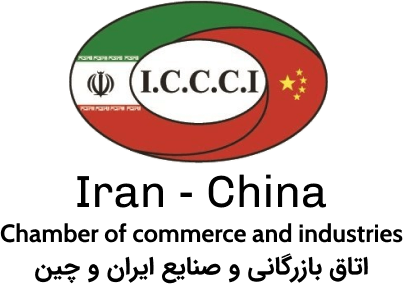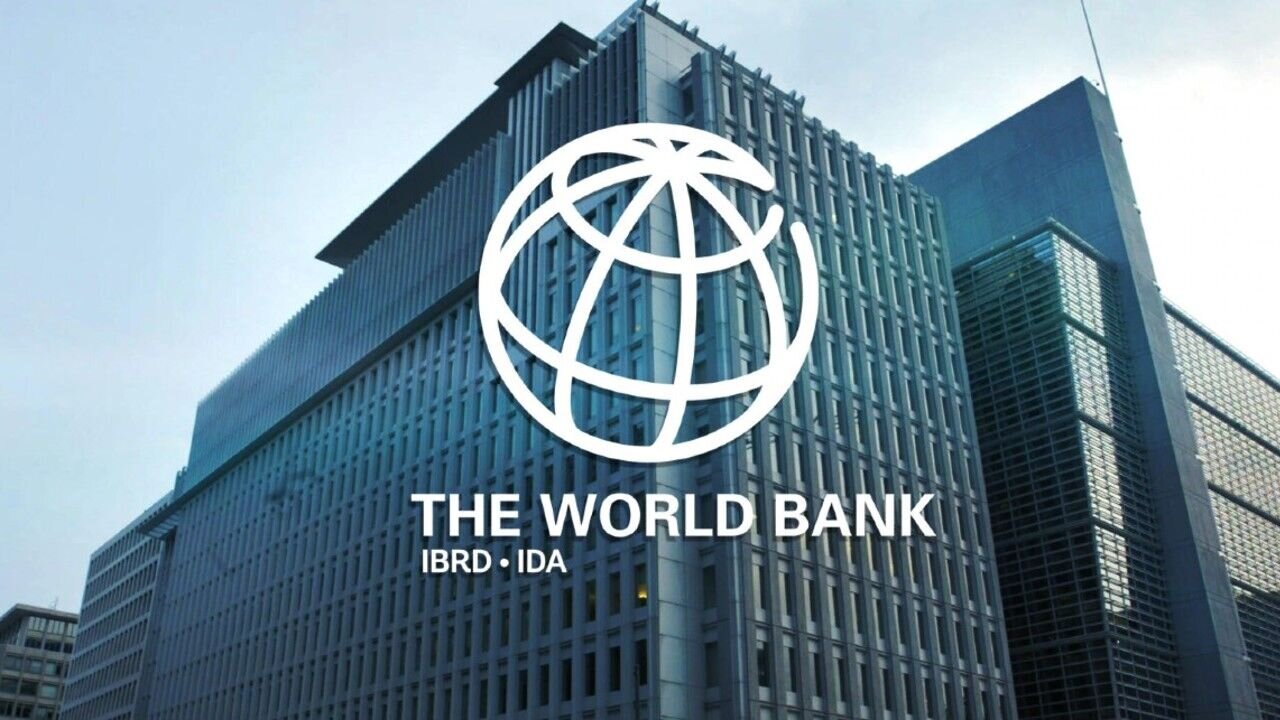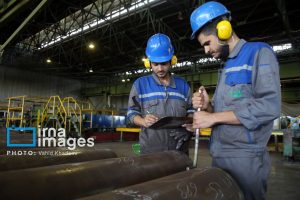The World Bank in a recent report on Iran’s economy dubbed “Iran Economic Monitor” said the Islamic Republic’s economy has been expanding despite the sanctions and global economic conditions.
According to the WB report, Iran’s economy continued to grow moderately for the third consecutive year in the previous Iranian calendar year (March 2022-March 2023) and it is expected to continue this upward trend albeit at a slower pace.
“Real gross domestic product (GDP) grew by 3.8 percent in 2022/23, driven by expansions in services and manufacturing. Despite sanctions, the oil sector also expanded, aided by the tighter global oil markets,” the report said.
Favorable weather conditions helped the agriculture sector to marginally grow after the contractions in previous years, the WB stated.
“On the expenditure side, private consumption was the main driver of GDP growth. Government consumption contracted to contain the budget deficit following a sharp expansionary policy in 2021/22. Meanwhile, exports and imports both increased, and strong investment in machinery drove investments up, while construction investment marginally improved,” the report read.
Based on the WB data, the service sector was one of the main drivers of non-oil growth during the last two years. The sector continued its expansion in 2022/23 (2.7 percent, y/y), following a strong expansion in 2021/21 (6.5 percent).
This growth was mainly driven by a rebound in “transport and storage” and “wholesale and retail” services, as well as the sustained growth of “Information and telecommunication services (ITS)”.
The WB has put Iran’s GDP growth at 2.4 in the current Iranian calendar year.
It is expected that the growth of Iran’s GDP will continue in the medium term, and the increase in oil production and export will act as one of the growth factors of Iran’s economy during this period.





